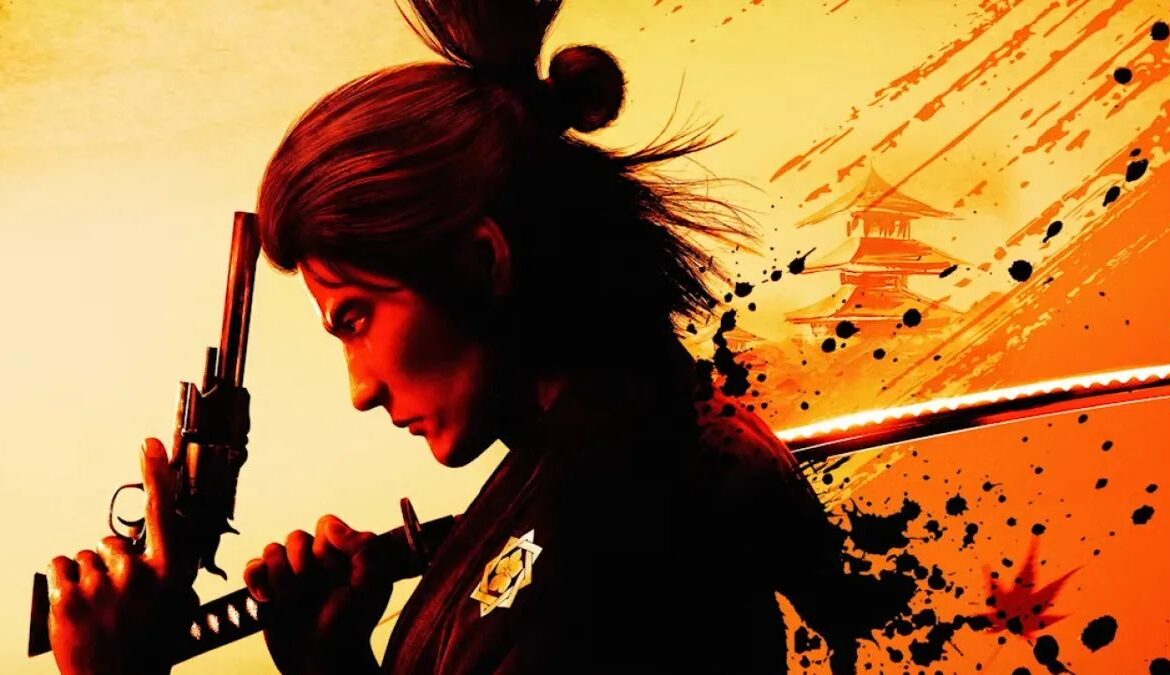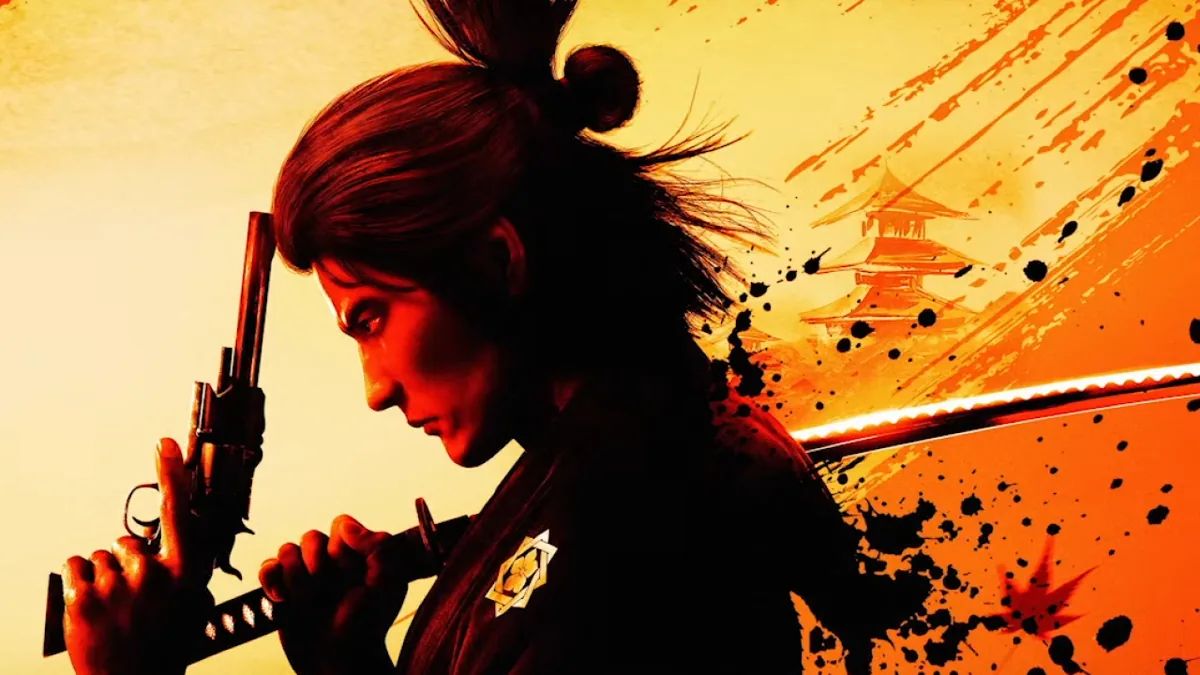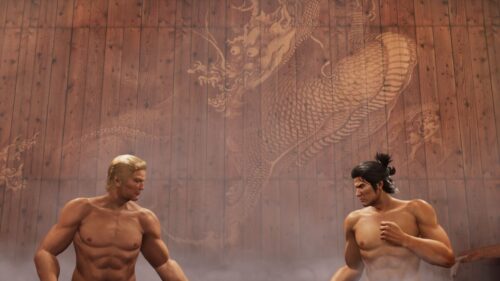
Yakuza/Like A Dragon fans have been waiting for years now for SEGA and Ryu Ga Gotoku Studio to port samurai spin-offs Kenzan and Ishin to the West. Bizarrely, the two studios have decided to port the second one first, with Ishin being remade on modern platforms. While it’s been what fans have been clamoring for, Like A Dragon: Ishin might hold more value for newcomers to the series rather than veterans.
Like A Dragon: Ishin follows Sakamoto Ryoma, a real-life figure in the history and folklore of Japan, as he tries to find out the identity of his father’s killer. The only clue he has is that the killer used an obscure sword style called Tennen Rishin, only known by the founding members of the Shinsengumi, a shogunate-backed police unit. In order to finally grasp the truth, Ryoma lives a double life in Kyo as Saito Hajime, entering an almost literal den of wolves to find his dad’s murderer.
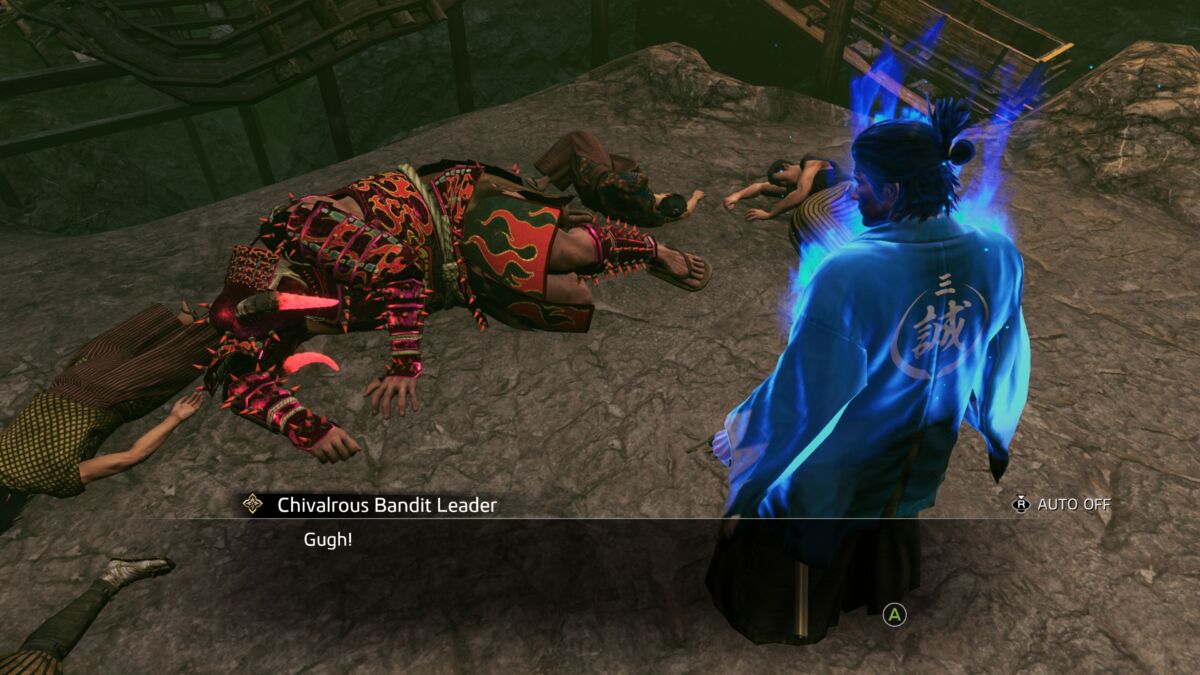
The story of Ishin is one of the stronger plotlines in the series, with the central murder mystery being a great hook to keep you invested through the narrative’s 20 hour or so runtime. Of course, that’s 20 hours if you don’t find yourself being distracted by the mountains of side content and additional activities sprinkled throughout Ishin. In reality, it’s about double that at least for one playthrough, if not exponentially longer if you’re planning on completing everything.
It is worth mentioning though that Ishin does follow the franchise’s usual trend of ridiculous twists and villain reveals. Trying to keep track of everything that happens, especially when all the major cast members are wearing the faces of characters from the mainline series, can become a bit confusing. For the most part, it was often easier to refer to characters by their “original” names. Nakaoka is just Date, Shinpachi is Saejima etc.
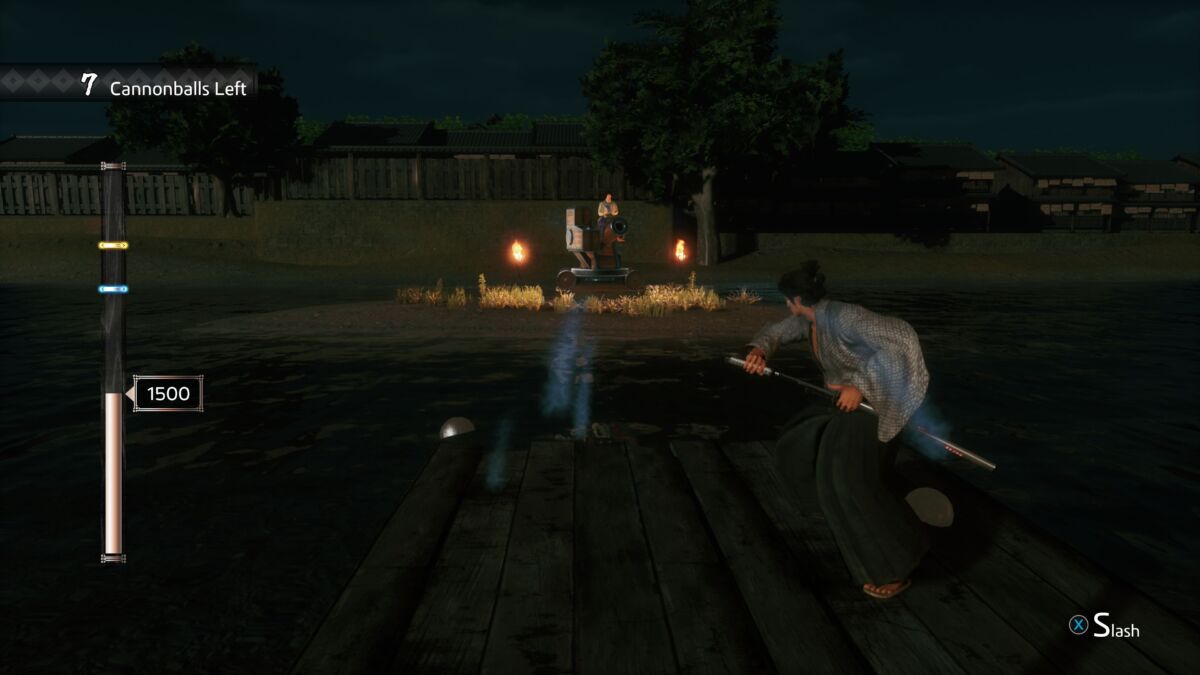
Having to learn a whole new set of characters who still had the same faces and voices was certainly a trip, though it does help give Like A Dragon an almost anthology-like quality. Imagine American Horror Story but for massive weebs. As an added bonus, series veterans will likely appreciate the various easter eggs and references sprinkled throughout regarding certain characters. The soundtrack in particular does an excellent job in that regard, with various boss fights evoking memories of previous battles against the original characters.
While the story is probably the biggest highlight of Like A Dragon: Ishin, the combat gameplay isn’t quite as good the rest of the franchise. Fundamentally, it’s the same as you’d expect from other games in the series, only now everyone’s holding massive swords, spears and other weapons. There’s combos, heat actions and style switching, which have all become part and parcel of the Yakuza/Like A Dragon franchise, but something about the whole experience doesn’t gel like other games have.
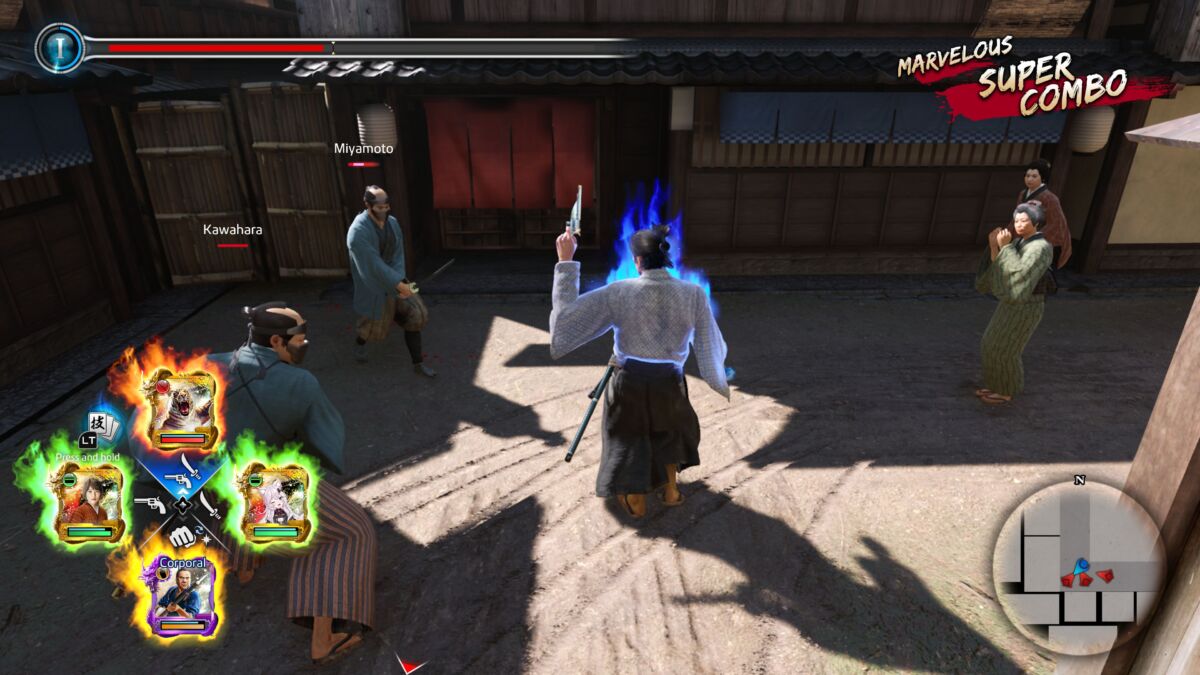
Ryoma can switch between four styles throughout the game: Brawler, Swordsman, Gunman and Wild Dancer. The first three classes are pretty self explanatory, but Wild Dancer is the literal wild card of the bunch, playing somewhat similar to Majima’s Breaker style in Yakuza 0. Think lots of quick combos and spinning attacks that can decimate anyone unfortunate enough to surround Ryoma. It’s a beautiful ballet of bullets and blades, and easily the most enjoyable aspect of Ishin’s combat.
Swordsman is also fun, working as the dependable workhorse fighting style that lends itself well to boss fights in particular. Considering Wild Dancer only allows players to parry, being able to actually just block is wonderful. However, Gunman and Brawler end up becoming the least used styles, as without decent enhancements, the Brawler style doesn’t do enough damage to most enemies, while the Gunman style is just about mindlessly mashing the basic attack button until everyone falls over. There’s special ammo and specific combos, but most of the time, you’ll forget about them and just stick with the fundamentals, making it fairly boring to play.

There’s the impression with Ishin that the combat relies too heavily on its more gimmicky aspects, unlike previous games where you could just pick your favorite fighting style and go to town. With trooper cards that add new powers in combat, a weapon enhancement system that feels like something out of Monster Hunter and the fact that you can essentially “prestige” your fighting styles, allowing you to complete the skill tree again to become even more powerful, you need to really engage with all the systems in order to get the most out of the game. If you don’t, you’ll end up running into enemies with quite beefy health bars that require a lot of effort to take out.
Upgrading your weapons and equipment is also an extremely expensive process when you reach the stronger weapons as well, and the only real way to earn money is through the game’s Another Life mini-game, which sees Ryoma running a farm outside Kyo. It’s a fine enough addition to the game, but it’s not on the same level as other massive, business-esque minigames that have featured in the series. It’s also a massive pain to get back to your farm every time, as Ishin’s fast travel system is a bit naff.

While the combat might not be the series’ best, there’s always the mini-games to fall back on, which include some series highlights. Somehow, they’ve managed to crowbar karaoke and baseball (with cannonballs) into 1800s Japan, along with all the usual gambling and traditional games like Mahjong. Perhaps the biggest highlight is the Buyo dancing minigame, which tasks you with keeping in rhythm with some traditional Japanese fan dancing. It’s hard, especially when you have to manage both directional inputs and buttons, but it’s pretty fun.
What might knock a few more points off for some people is that RGG Studio are using Ishin to experiment with Unreal Engine going forward, and you can almost tell there’s been some teething issues. The classic Unreal Engine bugbear of textures having to load in is present during most cutscenes, which is frequently off-putting when the camera changes between characters, while everytime you walk through town, there’s usually someone stuck on a piece of geometry. Sometimes, even the enemy health bar UI glitches, so you can’t properly tell how much damage you’re dealing, which sucks. Dragon Engine games aren’t glitchless, of course, but there’s a definite lack of polish here that’ll likely improve in the future.
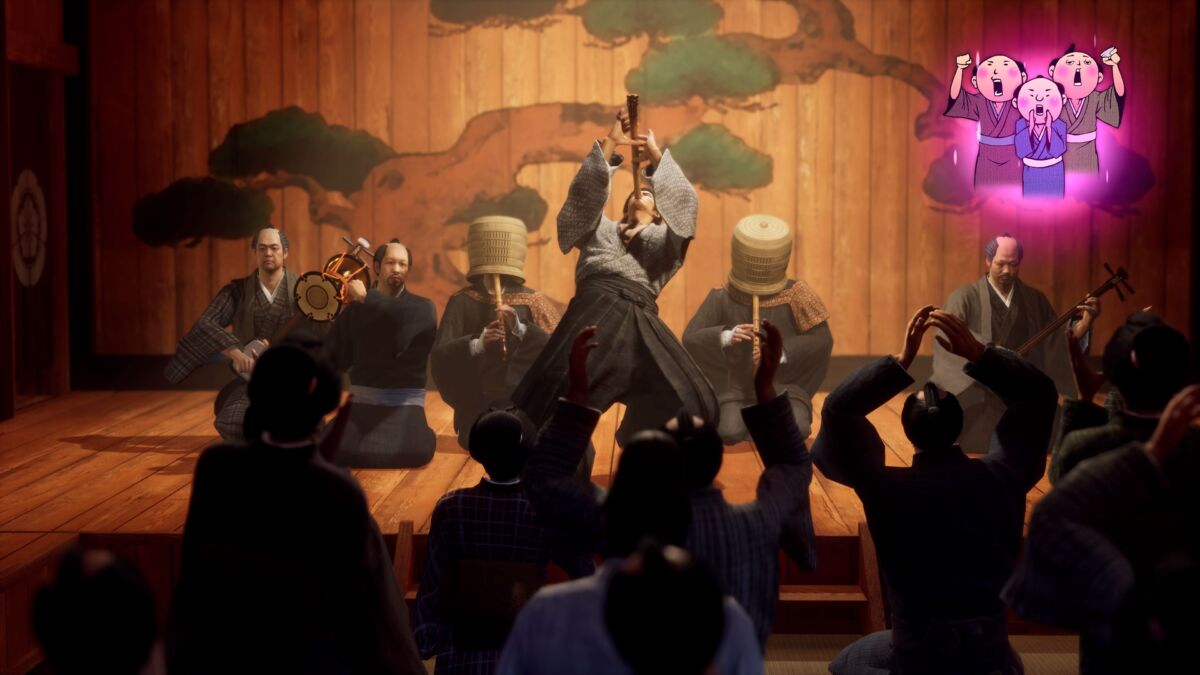
Even if Like A Dragon: Ishin’s combat isn’t the best that the series has to offer, and there’s some minor glitches and performance issues, a mid-tier Like A Dragon release is still one of the more captivating and enjoyable formulas on the market today. The standalone storyline could make Ishin a great entry point into the franchise, without having the weight of eight mainline games in the series on top of it, but series veterans might run afoul of some dated and gimmicky systems.
A copy of Like A Dragon: Ishin was provided by PR for the purposes of this review.
READ MORE: Like A Dragon: Ishin – How To Obtain Pets (Cat and Dog Locations)
Some of the coverage you find on Cultured Vultures contains affiliate links, which provide us with small commissions based on purchases made from visiting our site. We cover gaming news, movie reviews, wrestling and much more.


